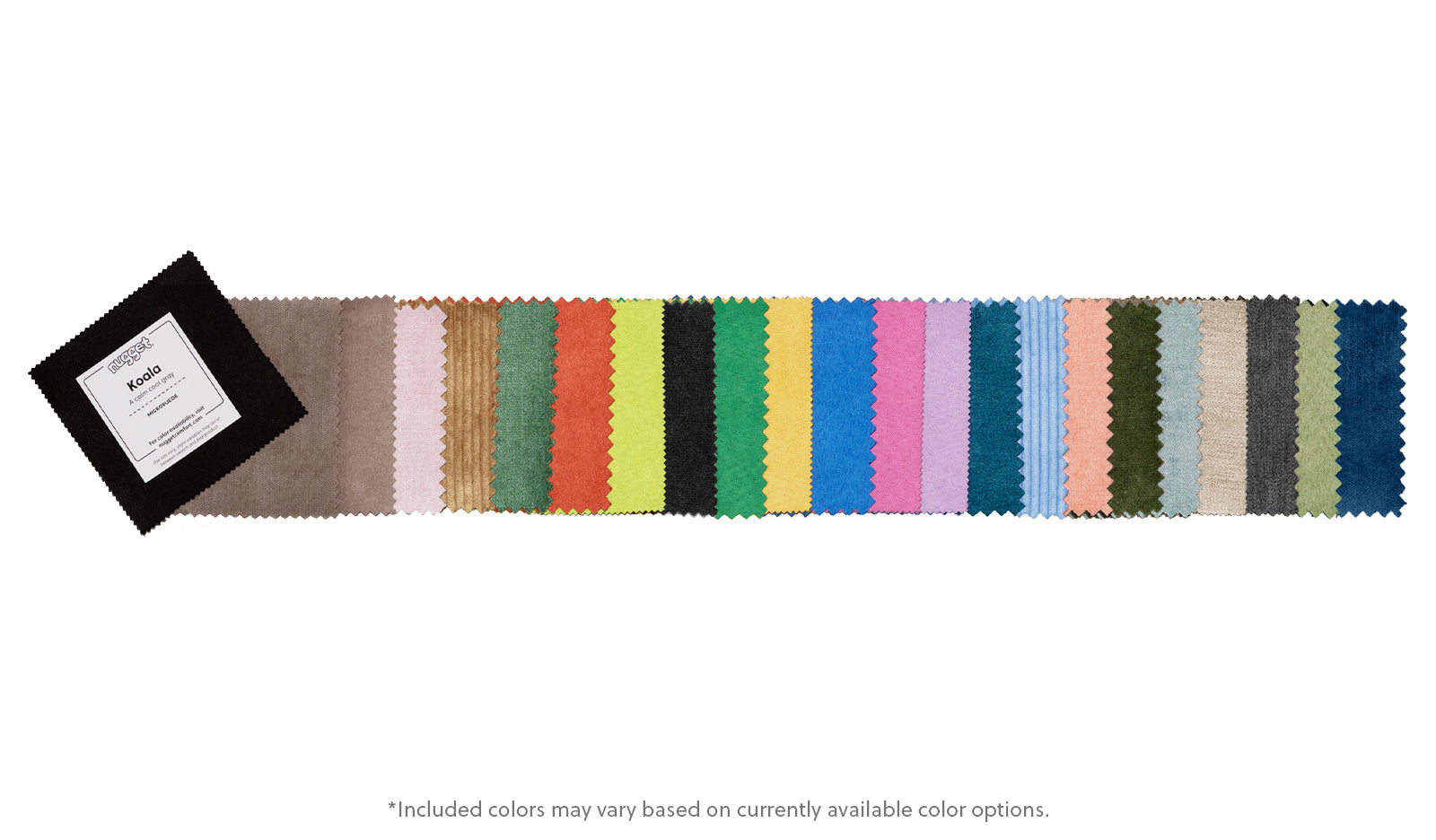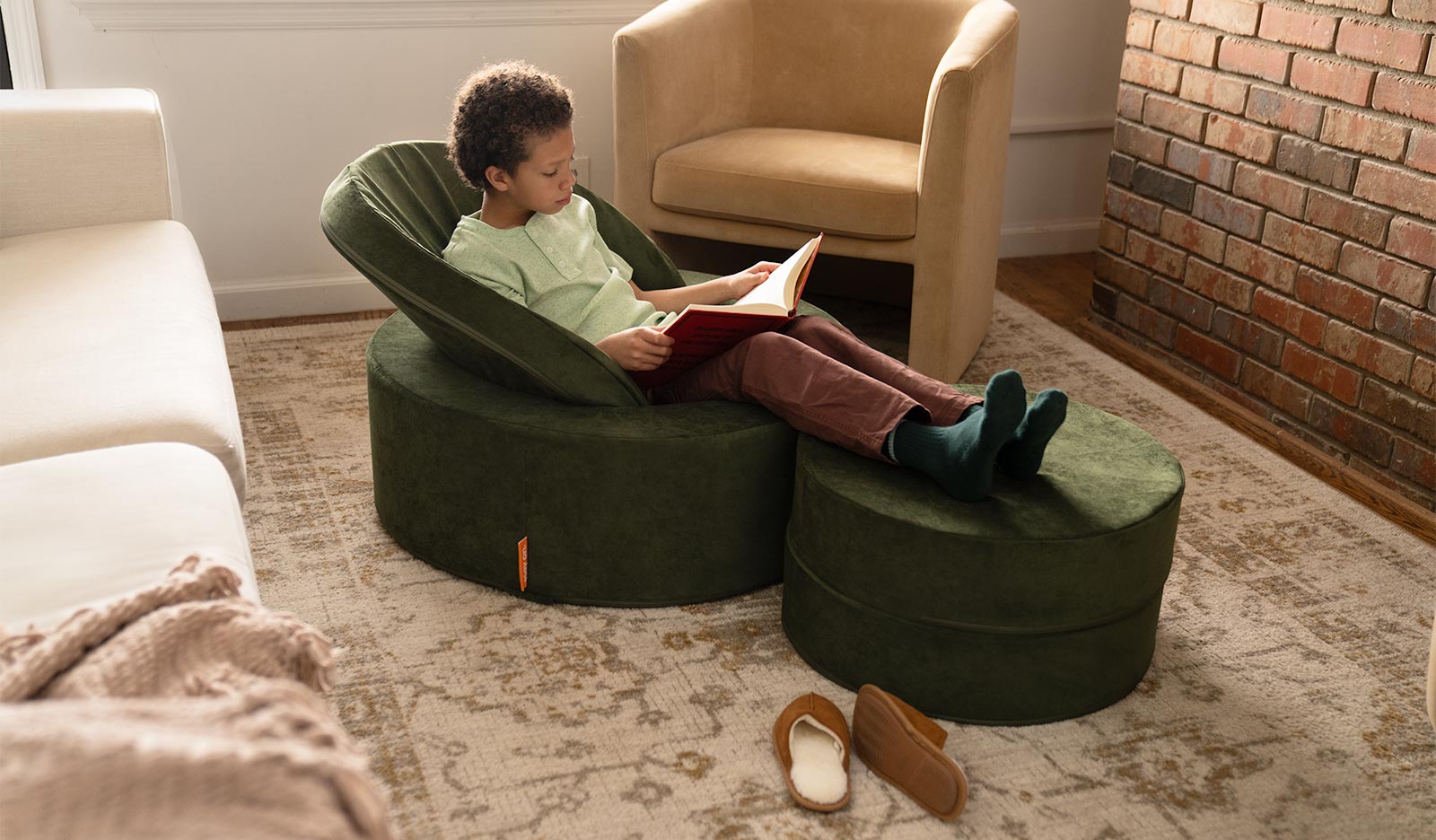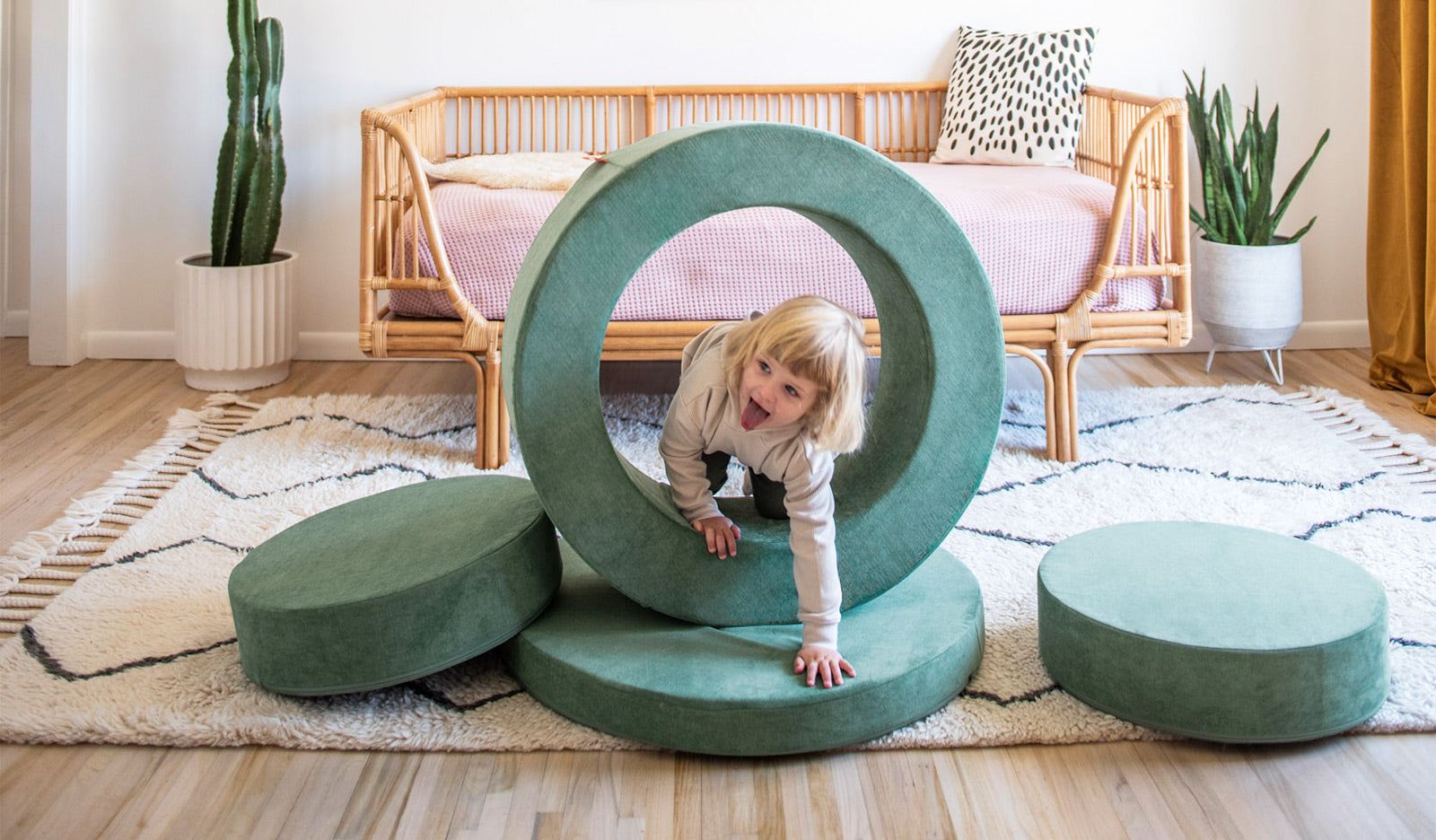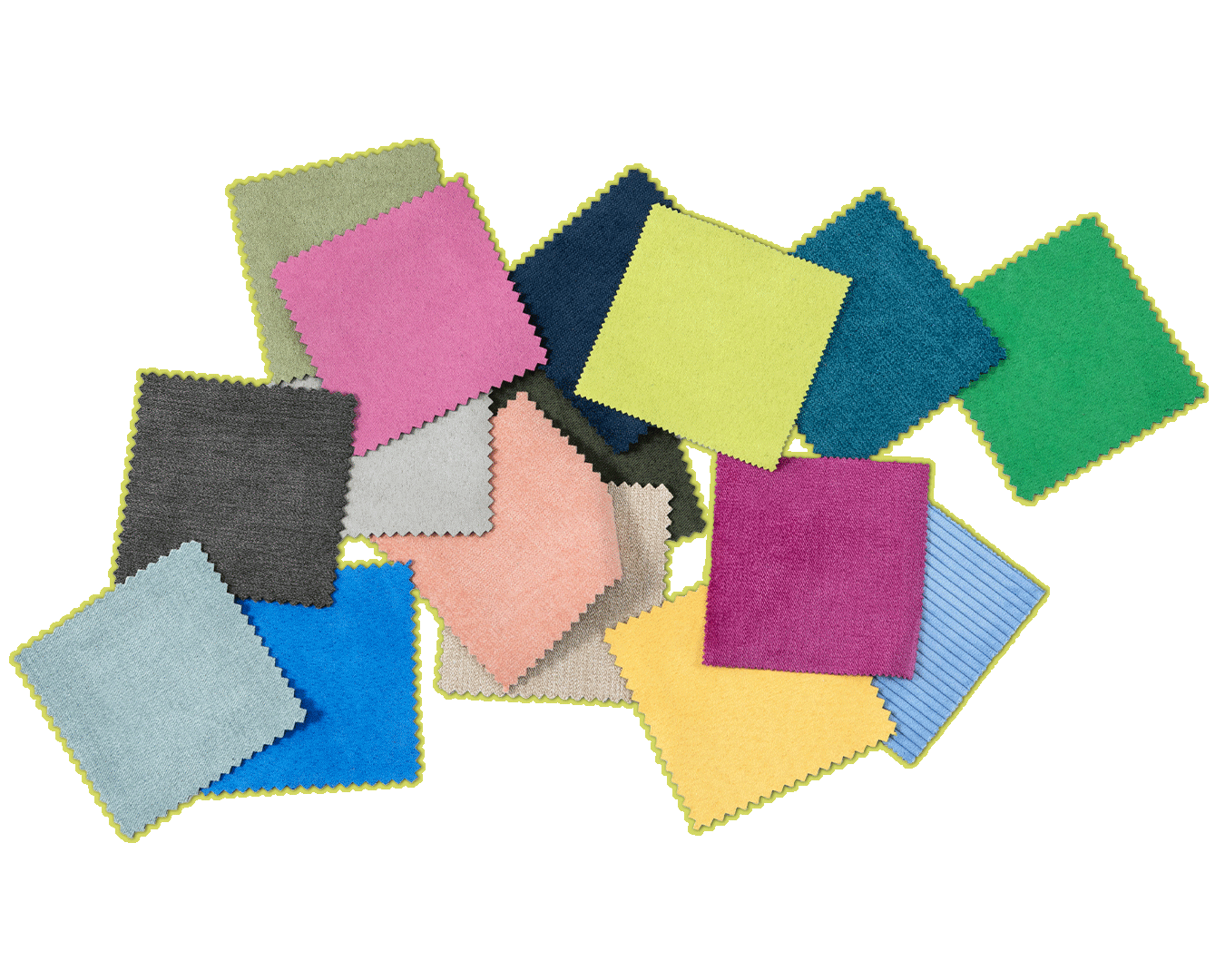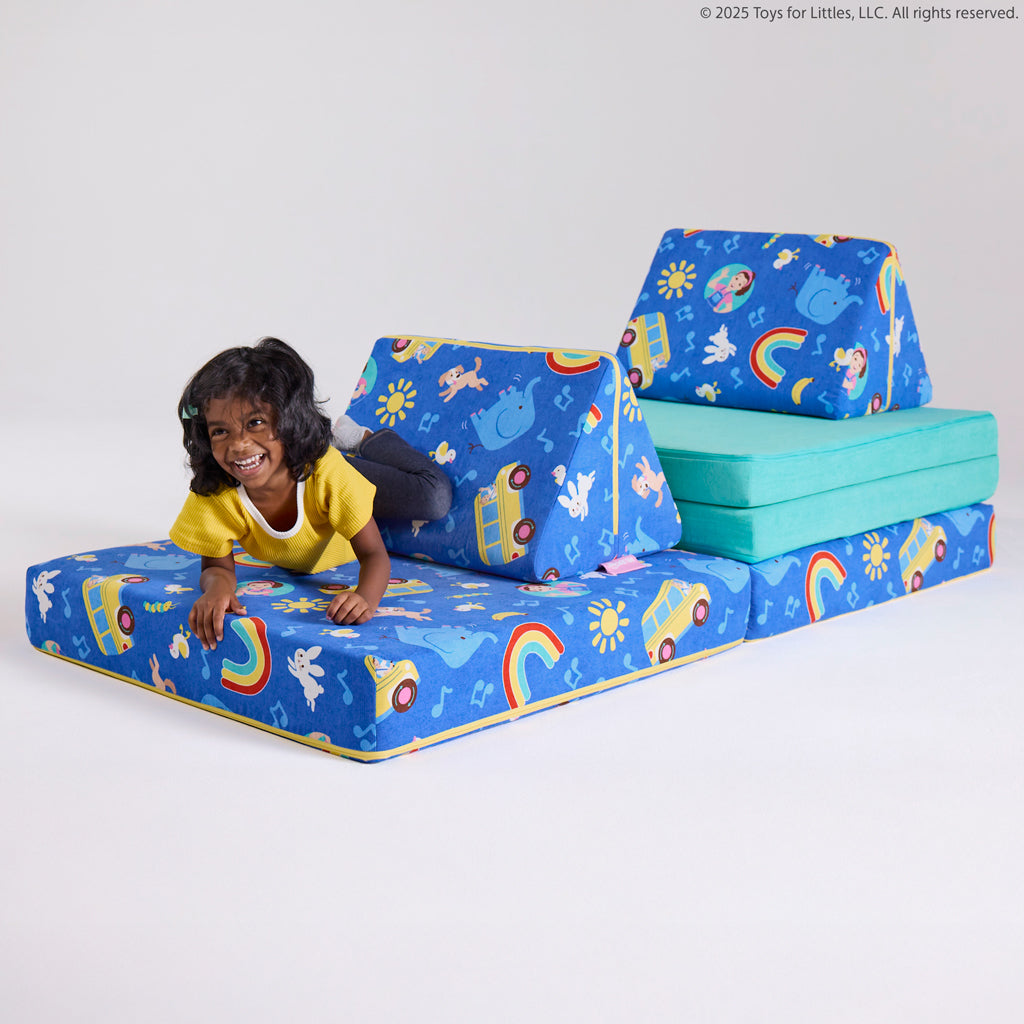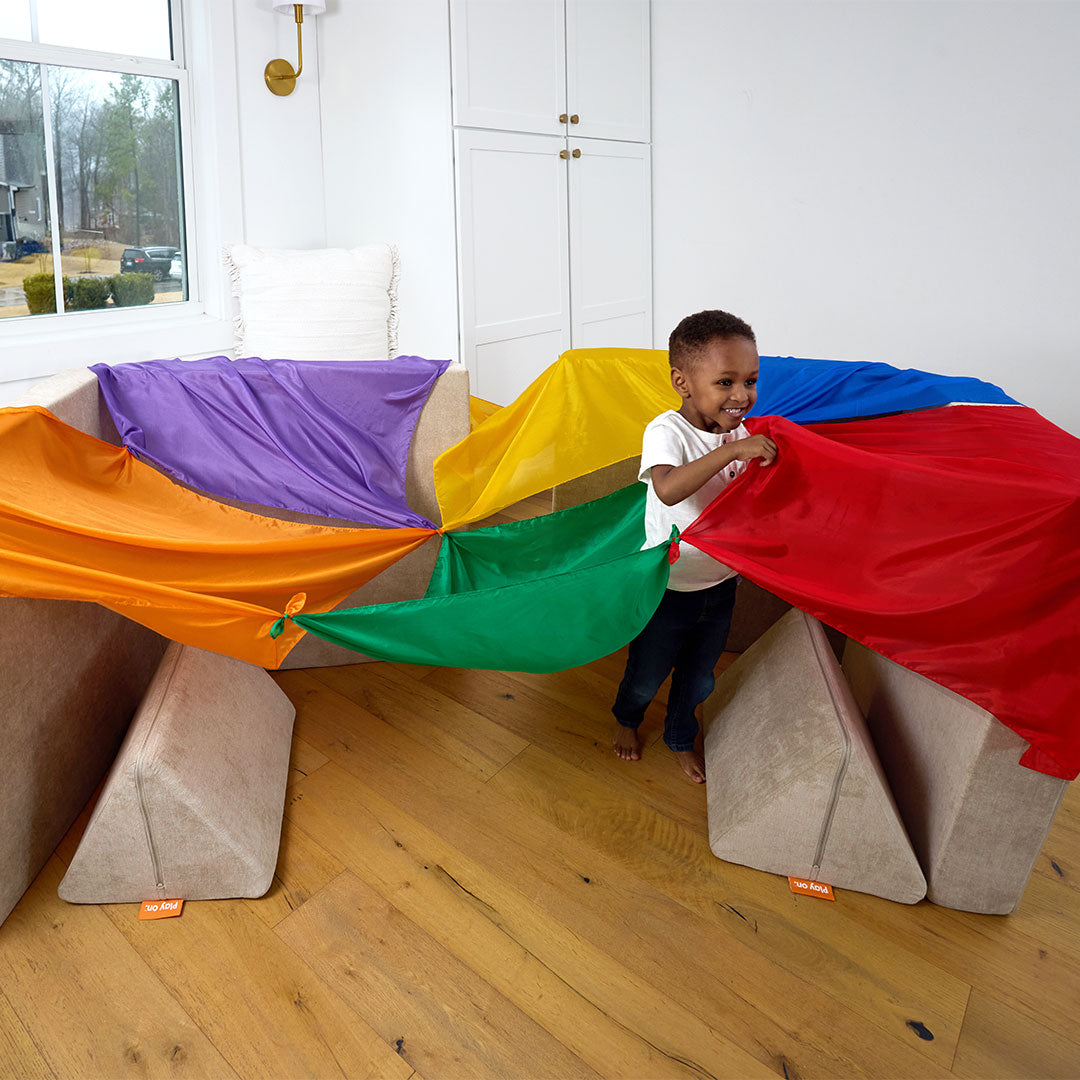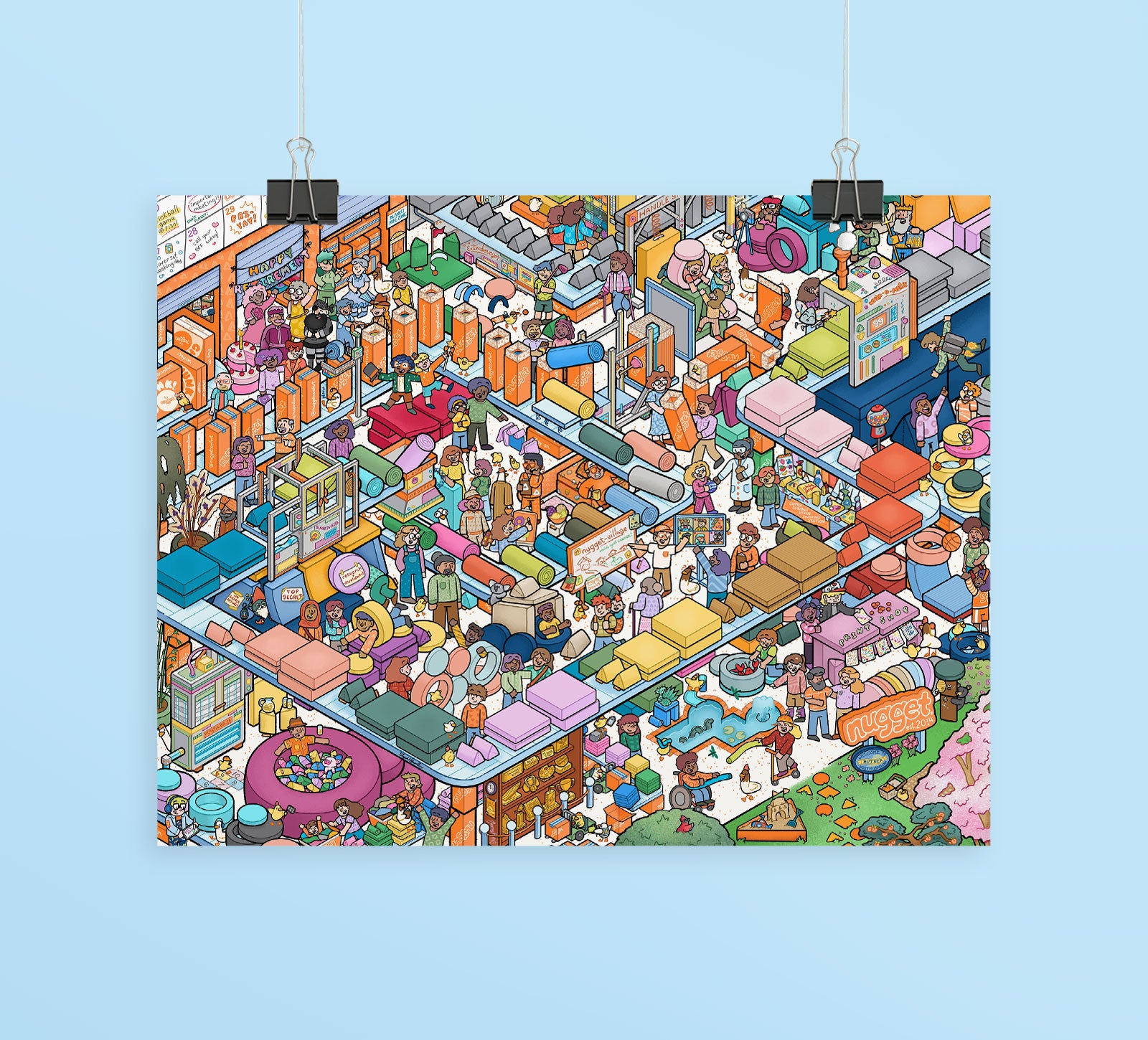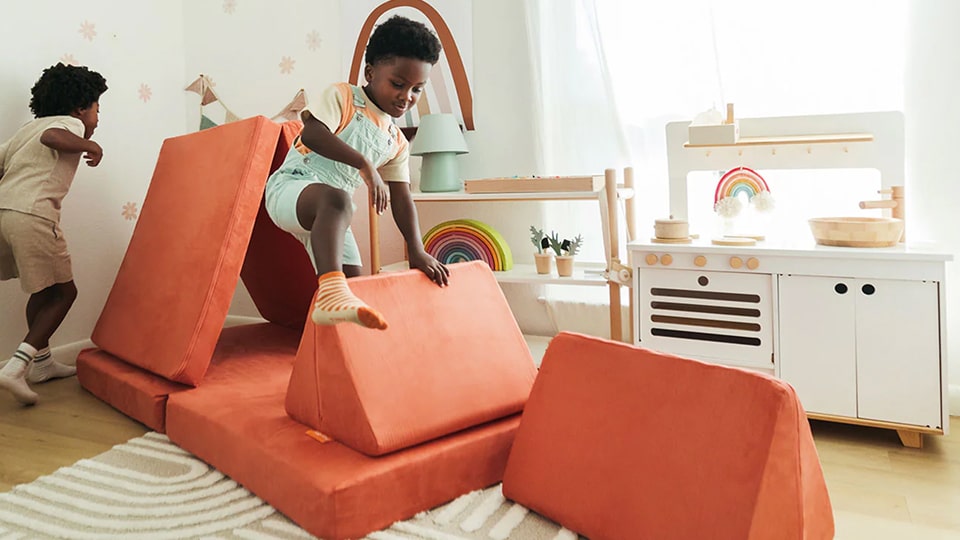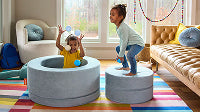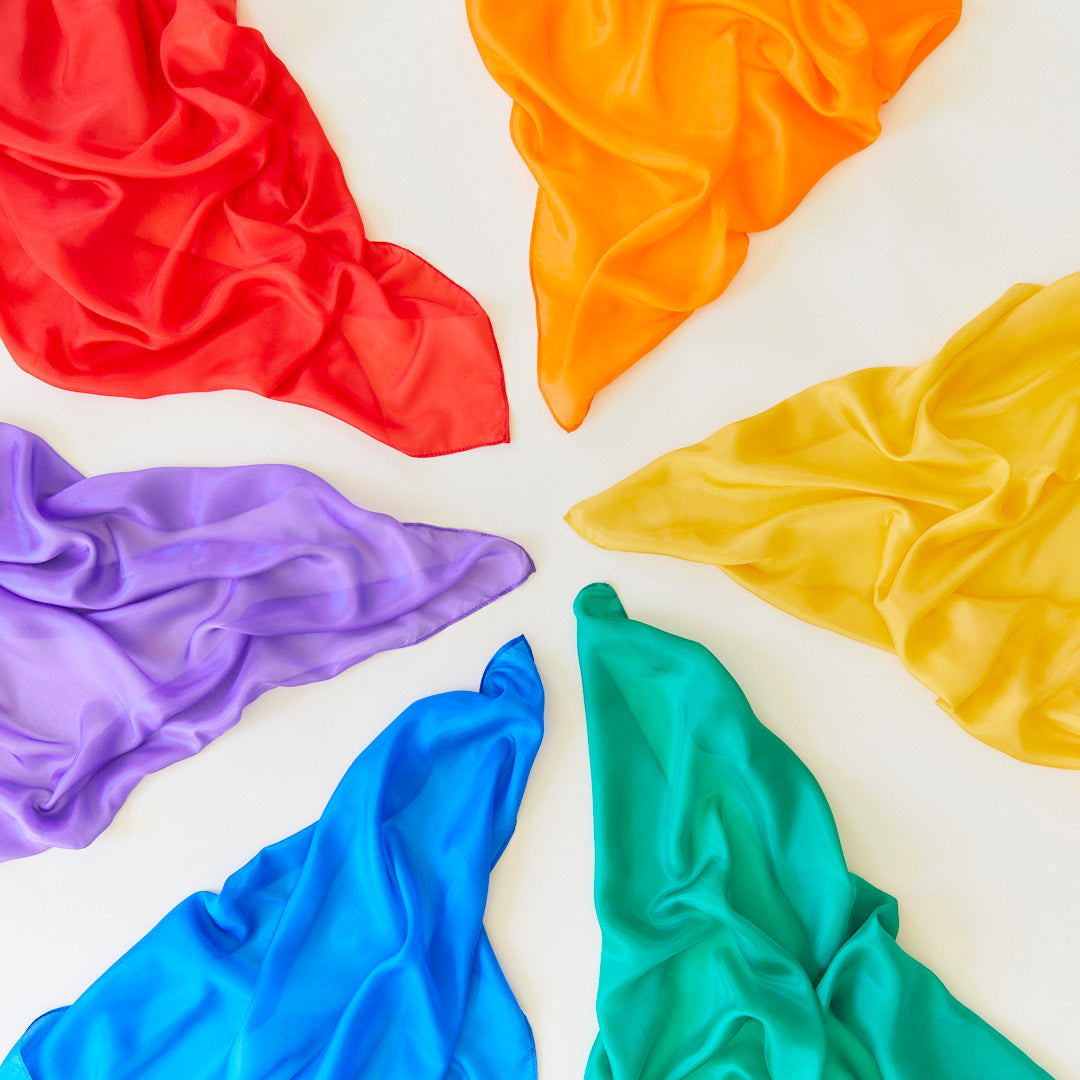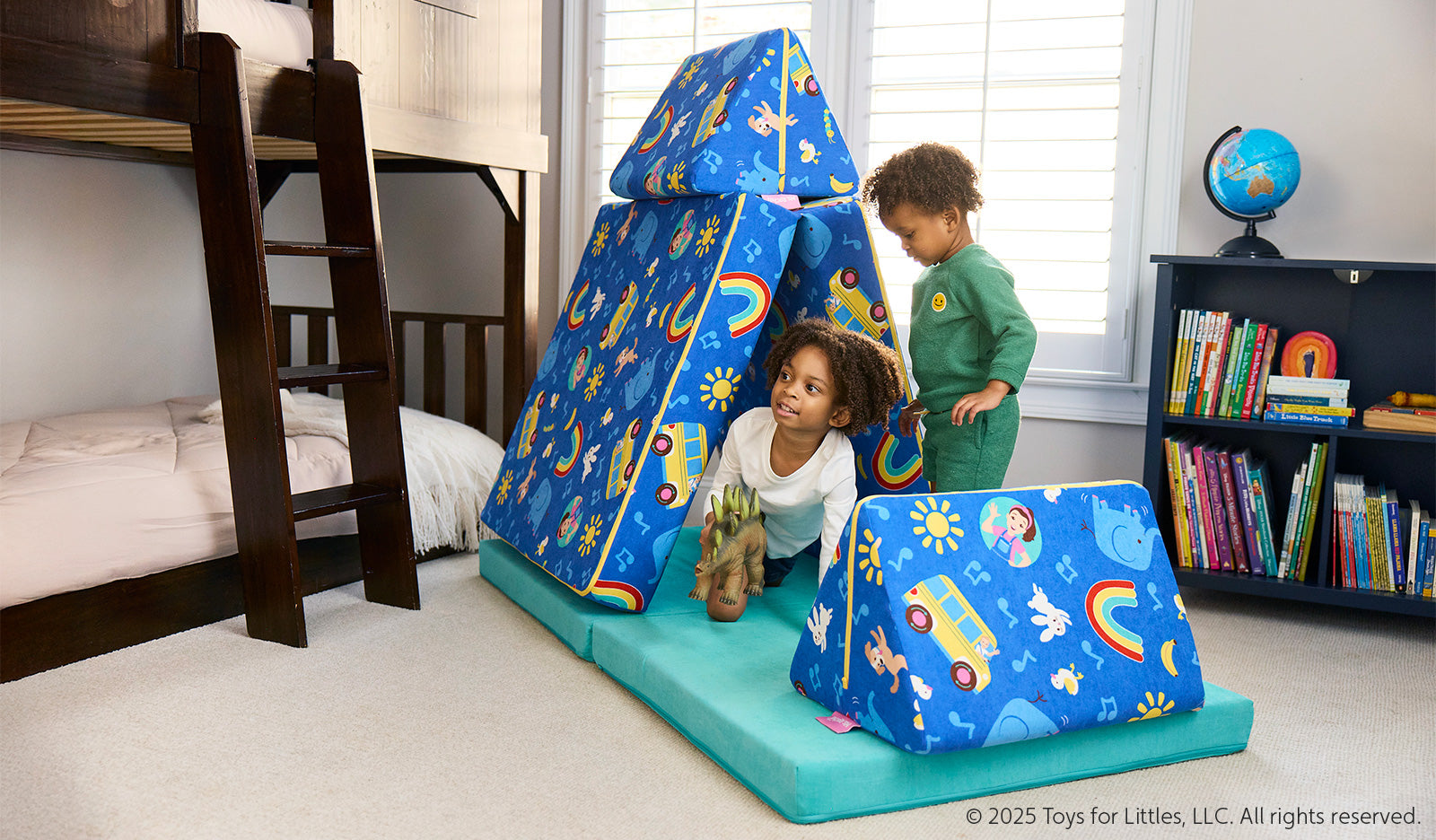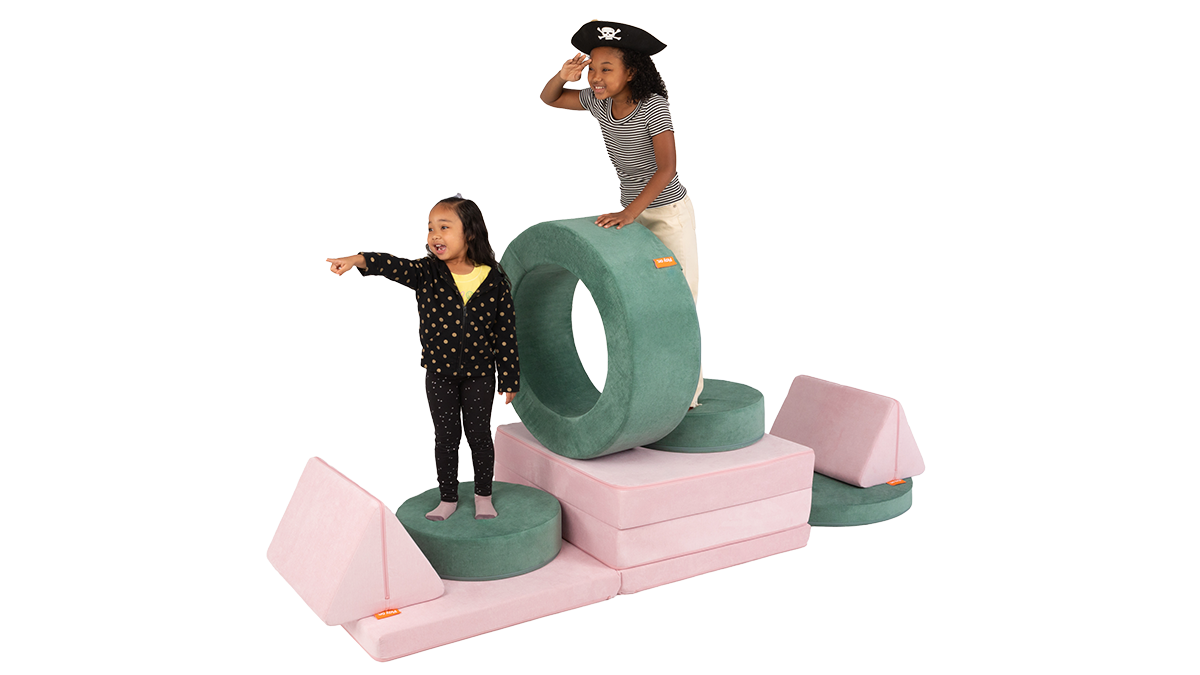Exploring The World of Eric Carle
With over 70 published works and a distinctive illustration style easily recognizable to people around the world, Eric Carle left his mark through the hearts and imaginations of readers young and old. In 2002, he and his wife, Barbara, founded The Eric Carle Museum of Picture Book Art in Amherst, Massachusetts, with the goal of introducing young children to the “joys of looking at art.” Today, we’re chatting with Executive Director Alix Kennedy about The Carle, where the art of stories is celebrated and explored through exhibits, programs, and education.

Can you tell us about the museum and its mission?
We really consider ourselves the international champion for picture books. Eric and Barbara Carle founded the museum almost 20 years ago with the idea that picture book art should be celebrated and preserved in the same way that all other fine art forms have been for years. They wanted a museum that was dedicated to elevating the art of the picture book.  We exhibit, collect, and preserve picture book art. We encourage our visitors to enjoy books in the Reading Library and to create art in the Museum’s Studio. In so many ways, this museum is a destination, but it’s also an incubator for experimentation and invention
We exhibit, collect, and preserve picture book art. We encourage our visitors to enjoy books in the Reading Library and to create art in the Museum’s Studio. In so many ways, this museum is a destination, but it’s also an incubator for experimentation and invention
I’ve been there since 2008. It's been an exciting time for the world of picture books and the museum! Over the last 10 years, we’ve built out a traveling exhibit program in the U.S. and overseas; we have three major museum partnerships with the High Museum of Atlanta, The Children’s Museum of Pittsburgh, and the New-York Historical Society. It’s exciting for us because we get maybe 50,000 visitors, which for this area is a lot, but for big museums that’s not much. These traveling exhibitions see up to 750,000 visitors, and we’re excited to see how museums all over the world are embracing this art form.
How would you describe your job to Nuggeteers, ages 1-101?
A big part of my job is making sure the staff is working collaboratively and that they are excited about what they do. That ensures they can create a really fun experience for our visitors.
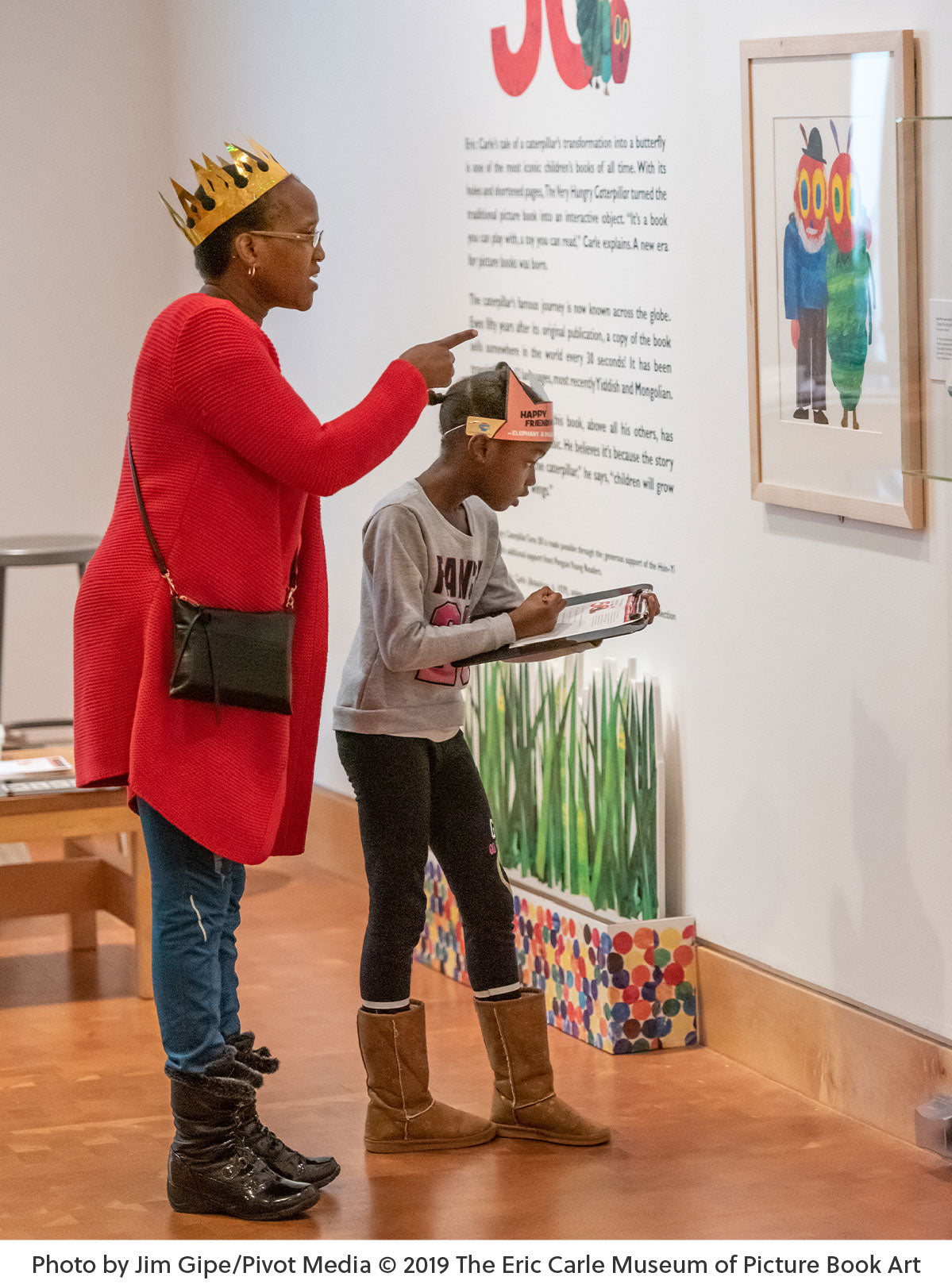
I’ve always wondered what the distinction is between picture books and graphic novels. Could you share your perspective?
That’s a hard question! We really hesitate to define picture books. One of the beautiful things about them is that they keep reinventing themselves. Generally, what people say is that graphic novels use panels like comics – but there are picture books that use panel devices that you’d never call a graphic novel. It’s a huge grey area between the two and I kind of like it that way! I’m happy to let these artists and authors push the boundaries of what we consider a picture book. The other thing to remember is that there are picture books for people of all ages, just like graphic novels can be made for any age. That’s what I love, how genre bending these categories can be. As soon as you start to categorize something as a picture book, a new book comes along that breaks the mold.
The other thing to remember is that there are picture books for people of all ages, just like graphic novels can be made for any age. That’s what I love, how genre bending these categories can be. As soon as you start to categorize something as a picture book, a new book comes along that breaks the mold.

My four-year-old son is in a “favorites” phase and asked me to include this question (I’m curious too!): What are some of your personal favorite picture books?
A few of the classics that I always buy for those who are having children include:
- A Hole Is To Dig by Ruth Krauss and illustrated by Maurice Sendak. It’s a really fun, witty book that uses language and illustration and the imagination in a really original way. I didn’t see it until I was an adult but then I was smitten.
- Harold and the Purple Crayon by Crockett Johnson, such a great book about the power of imagination and creativity.
- Little Blue and Little Yellow by Leo Lionni. It’s very abstract and a testament to the imagination.
Do you have any favorite picture book artists?
Definitely! A few contemporary artists I’m excited about include:
- Jon Klassen, he’s very witty and does a remarkable job tuning into the tension between words and pictures. If you read his stories, it’s one thing, but if you read and look at the image, you get a completely different story.
- Another original is Christian Robinson. He brings a rich emotional life to his style, it’s very sincere and a bit nostalgic.
- And then there are some interesting artists using their art and their words as platforms for change, like Yuyi Morales, who wrote Dreamers. She’s very outspoken about immigrant rights. Her artwork is dazzling! She uses her ability to create emotionally resonant images to bring people’s attention to people and situations they might not be aware of.
Of Eric Carle’s books, do you have any favorites?
I read so many of his books with my kids and have a sweet spot for almost every one of them. The book that is closest to my heart is Papa, Please Get the Moon For Me. It really speaks to a parent, that desire to try to make our kids’ dreams come true, and yet how hard it is!

What makes a compelling picture book, in your opinion?
In my opinion, it’s really great art – and that’s what we focus on at the museum. It’s really about the quality of that art work, and just like in any field, there’s a huge range. We try to focus on the artists who are technically and imaginatively gifted, and that there’s something really original about how they present their artistic vision.
In addition to the great art, it’s the tension between great art and great writing, the way that they interact and the way that they don’t. People often think that an author writes a book and the artist then illustrates what they said; the book starts with “There is a red wheelbarrow in the middle of the yard” and then they draw it. But that’s not what is happening in exciting picture books; the words are inspired by the art and sometimes the words and art say different things. There’s always that originality of the visual presentation and the way that the story is told, using that incredible interplay between words and pictures. The other thing that can be fun to think about when you’re reading is to think about picture books as theater. The author has brought your kids to this moment and they have so much excitement when the page turns. They are trying to guess what’s next and they are so eagerly looking forward to the way in which that page will surprise and delight them. Picture books are about how the book – the object – allows for the surprises. It’s the way Eric Carle in Papa, Please Get the Moon for Me uses incredible pull out pages to create the theatrical experience of reading the book. It’s not just beautiful pictures and words, it’s the way in which the experience of reading it draws you into exciting theater.
The other thing that can be fun to think about when you’re reading is to think about picture books as theater. The author has brought your kids to this moment and they have so much excitement when the page turns. They are trying to guess what’s next and they are so eagerly looking forward to the way in which that page will surprise and delight them. Picture books are about how the book – the object – allows for the surprises. It’s the way Eric Carle in Papa, Please Get the Moon for Me uses incredible pull out pages to create the theatrical experience of reading the book. It’s not just beautiful pictures and words, it’s the way in which the experience of reading it draws you into exciting theater.

Can you tell us more about Eric Carle as a person?
One of the first things I tell people about Eric that they may not necessarily know this is that he had an incredible sense of humor. He had a really great wit. When you were with him, he could keep you off guard with just these incredible witty observations, play on words, he was teasing and mischievous. The average person may think of his pictures, his love of animals, but he was funny. He could have been a cartoonist. Another thing about him is that Eric and his wife Barbara (nicknamed Bobbie) were a great couple. Everyone could really see that, they were really devoted to each other. They had a genuine and powerful relationship, they were very much in love and really supported each other’s hopes and dreams.
Another thing about him is that Eric and his wife Barbara (nicknamed Bobbie) were a great couple. Everyone could really see that, they were really devoted to each other. They had a genuine and powerful relationship, they were very much in love and really supported each other’s hopes and dreams.
And from an art perspective, Eric always really thought of himself as a designer. He was trained in commercial art in Germany as a young man, and when he graduated, he got a job creating posters for AmerikaHaus, mostly focusing on cultural opportunities representing America in Germany. Later in life, he was really interested in his early work again; he framed the posters and reflected on them often. There was nothing about them that would make you say “Those are by Eric Carle” but there was his eye for graphic shape and white space, that negative space, which is so important in his books.
When he would design a picture book, he would look at every spread like it was a poster. Everything was a composition, and you can see that all through his work.
Yes, I know exactly what you mean. My son loves “The Tiny Seed” and beyond the beautiful art, one thing I appreciate about it is that it isn’t overly sentimental. It talks about the life cycle in a very direct, honest way that I think kids appreciate.
Yes, Eric wasn’t a terribly sentimental person. People think picture book authors are sentimental, but really, they think of kids as sophisticated, with their own heartaches and minds and aesthetic, and they create books for them.
What other kind of art did Eric Carle create?
Eric made so many picture books. They are so deadline driven and time consuming, and they are a lot of work. Over the years, Eric developed a process of taking time off between books to make his own art, which he called “Art Art.”  He was always experimenting; he loved materials. He had drawers full of tissue papers but he also loved to weave, to paint huge murals that you can see at the museum that he painted with brooms and rakes and pieces of carpet squares to create these amazing abstract patterns. He did a lot of glass sculpture work with his friend Tom Patti. When you’d go into his studio, you’d see the mat board where he’d been working, flecked with a million paints, and he would take that and cut it into shapes and then mount them in some beautiful abstract form. He would get into his flow, listening to classical music or jazz, and just work with metals, plastics, ribbon and crazy ways of winding ribbon to create 3D objects. He was fearless in his approach to art.
He was always experimenting; he loved materials. He had drawers full of tissue papers but he also loved to weave, to paint huge murals that you can see at the museum that he painted with brooms and rakes and pieces of carpet squares to create these amazing abstract patterns. He did a lot of glass sculpture work with his friend Tom Patti. When you’d go into his studio, you’d see the mat board where he’d been working, flecked with a million paints, and he would take that and cut it into shapes and then mount them in some beautiful abstract form. He would get into his flow, listening to classical music or jazz, and just work with metals, plastics, ribbon and crazy ways of winding ribbon to create 3D objects. He was fearless in his approach to art.
That all sounds so playful! We love talking about how important play is at all ages here at Nugget.
Yes, he loved to play with his art! Late in life, he experimented with these abstract angels. If you showed them to your son, he’d probably say “I could do that” – and Eric would have loved that! The ability to make art without judgement, like a child, is the goal of an artist.
Thank you, Alix, for taking the time to share all about the museum and Eric Carle’s amazing life.
